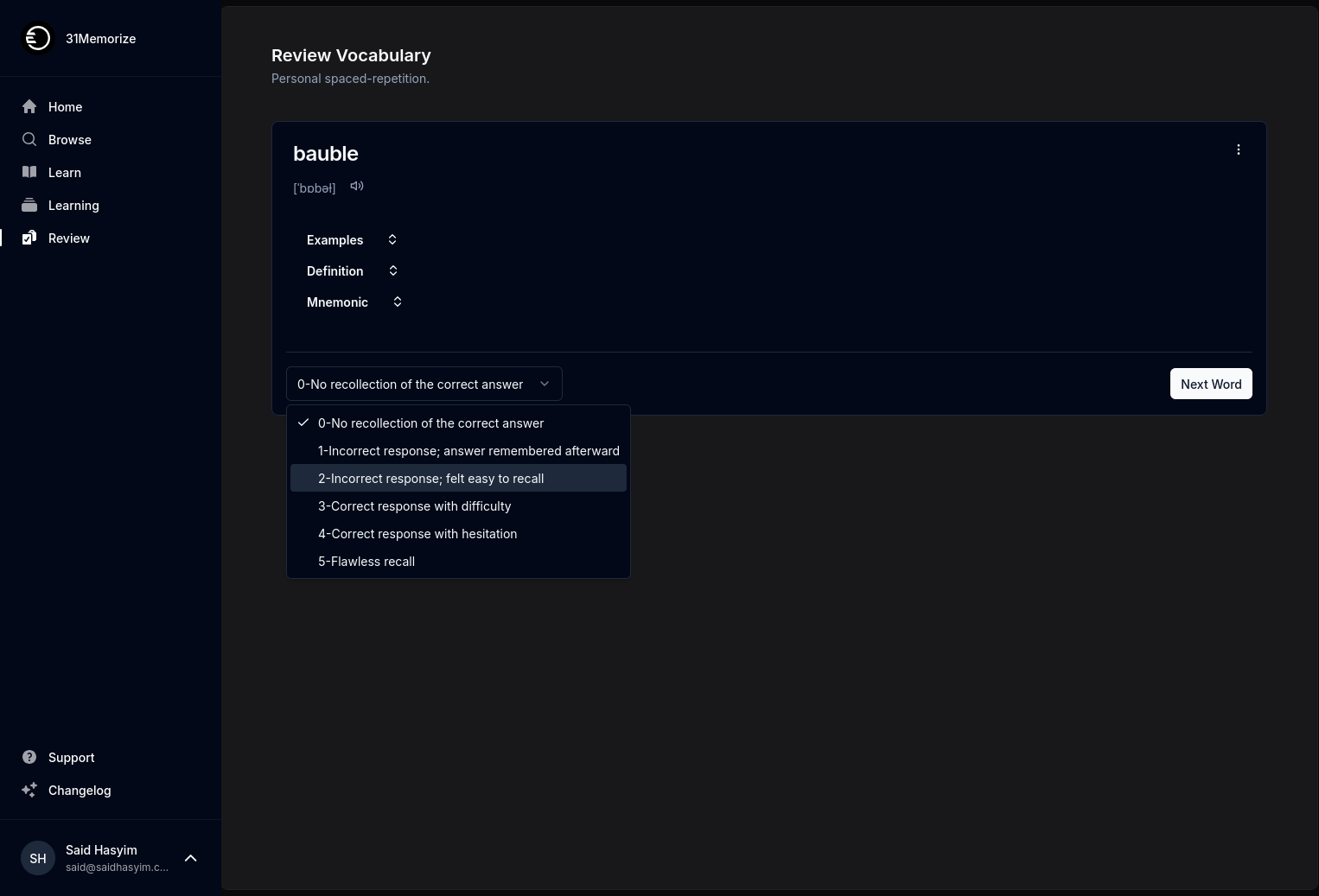How Ratings Can Influence Your Next Book Project
When it comes to writing, the process can seem a solitary craft. Yet, the decisions made before and during the creativity burst can be influenced significantly by external factors, one of which is ratings. Ratings can manifest in a myriad of forms—from reviews on prominent platforms to the feedback from beta readers or critique groups. Understanding how ratings impact your next book project can help you refine your narrative, engage your audience, and ultimately, enhance your chances for success.
Understanding the Importance of Ratings
1. Feedback Loop
Ratings can provide writers with invaluable feedback. They often reveal what readers appreciate or dislike about a book. This feedback loop becomes particularly crucial when you're crafting your next project. For instance, if readers praised your character development in your previous novel, you might choose to focus on this aspect in your upcoming work.
2. Market Trends
The ratings of books, especially in your genre, can help you identify current market trends. Are readers gravitating towards certain themes or writing styles? Analyzing the ratings of new releases alongside their content can offer insights into what might appeal to your target audience.
3. Establishing Credibility
Having a book with high ratings can elevate your profile as an author. This credibility can be essential when you start promoting your next project. Whether it's pitching to agents, applying for grants, or marketing directly to readers, good ratings can provide leverage.
The Mechanics of Rating Influence
1. Reader Expectations
Readers often turn to ratings to set expectations before picking up a book. If you're known for a specific style or genre, maintaining or innovating within that framework can turn your next book project into a successful continuation of your brand. Familiarity can create a loyal following, but readers also appreciate freshness. Understanding this balance is crucial.
2. Influencing Story Choices
The context of high or low ratings can influence your choices in theme, style, and narrative voice. For example, if your previous book received low ratings due to pacing issues, consider how you can structure your new project to maintain a tighter narrative.
3. Incorporating Reviews
Reviews often highlight specific strengths or weaknesses. Use them as a guide while drafting your next project. Readers might have shared what they loved most—perhaps it was a particular subplot or character. Consider weaving similar elements into your upcoming work.
Harnessing Ratings in Practice
1. Conducting a Retrospective
Once you’ve identified the ratings and reviews for your previous works, take time to conduct a retrospective. What patterns emerge? Make a list of strengths and weaknesses pointed out by readers. This exercise can help you frame the focus of your next book project.
2. Engaging with Your Audience
Consider directly engaging with your readers to understand their perspectives. Polls, Q&A sessions, and social media interactions can unearth insights about their expectations and preferences. Gathering direct input can guide not only your writing style but also your marketing approach.
3. Testing Concepts
Before diving headlong into a new project, consider testing your idea with a small audience. Share a synopsis, first chapter, or even an outline and request feedback. This preemptive approach can help gauge interest and allow you to adjust your project to better fit reader expectations.
Balancing Ratings and Authenticity
While it’s easy to get caught up in the metrics of ratings, it is vital to remember that authenticity is key to successful writing. Ratings can inform your approach, but they shouldn’t dictate your creative vision. Your passion for storytelling is what ultimately resonates with readers. Here are a few strategies to maintain that balance:
Stay True to Your Voice: Don’t compromise your unique voice just to chase after high ratings. Readers often connect with authenticity, and infusing your style into the project can have a more profound impact than merely following perceived trends.
Blend Feedback with Creativity: Use the feedback from ratings as a starting point rather than a roadmap. Integrate the constructive criticism while allowing room for your creativity to flourish.
Consider Longevity: Trends in ratings can sometimes be fleeting. Focus not just on immediate successes but aim for longevity in your writing career. This approach means staying true to what excites you as a writer.
The Road Ahead: Utilizing Ratings for Success
As you embark on your next book project, the thread of ratings can serve as a guiding light rather than a steering wheel. They can help you identify what your readers cherish, what they wish to see improved, and upcoming trends within your genre. However, your intrinsic creativity and passion must take the lead.
In conclusion, embracing ratings as a tool rather than a crutch can enhance not only your writing process but your relationship with readers. By understanding their influences, you'll craft a book that resonates on a deeper level while also satisfying the expectations of your audience. Happy writing!
